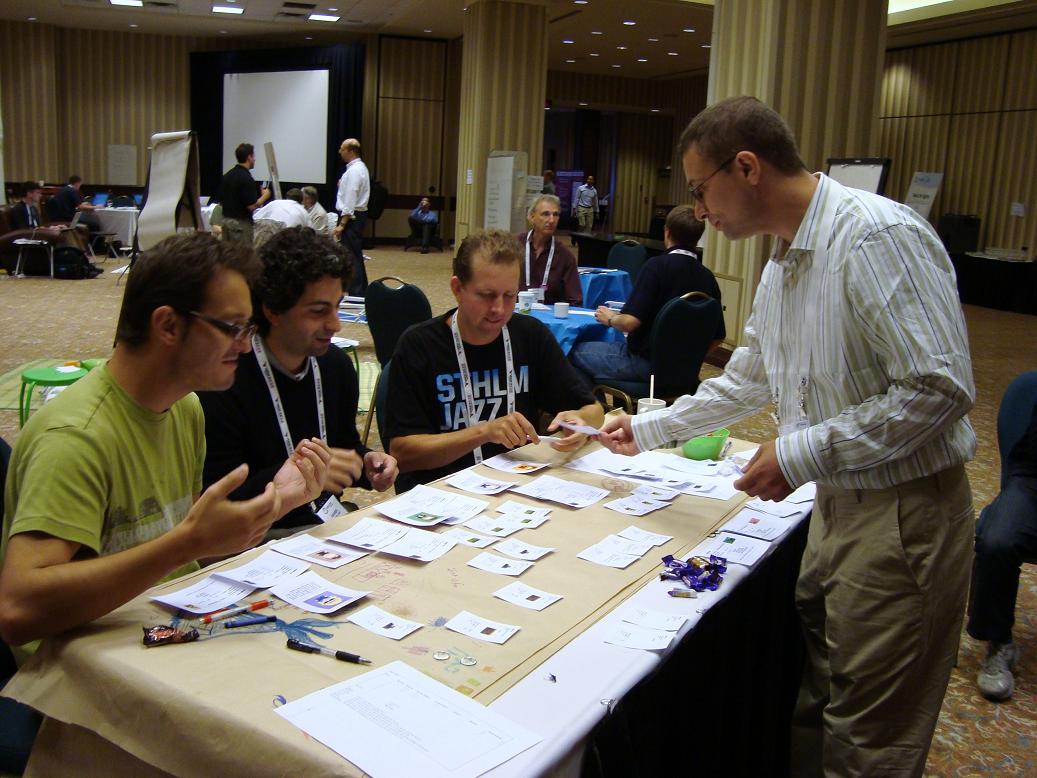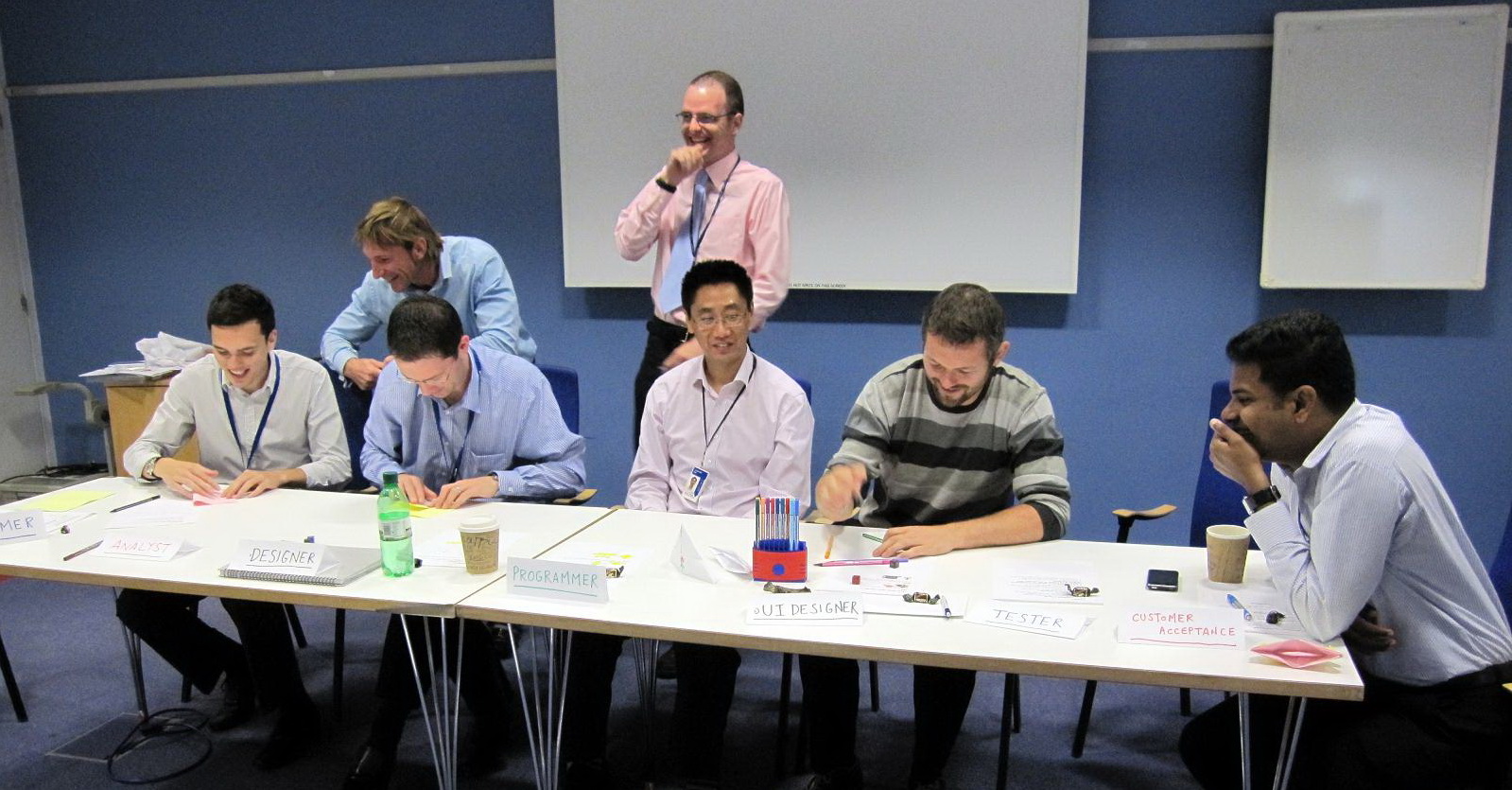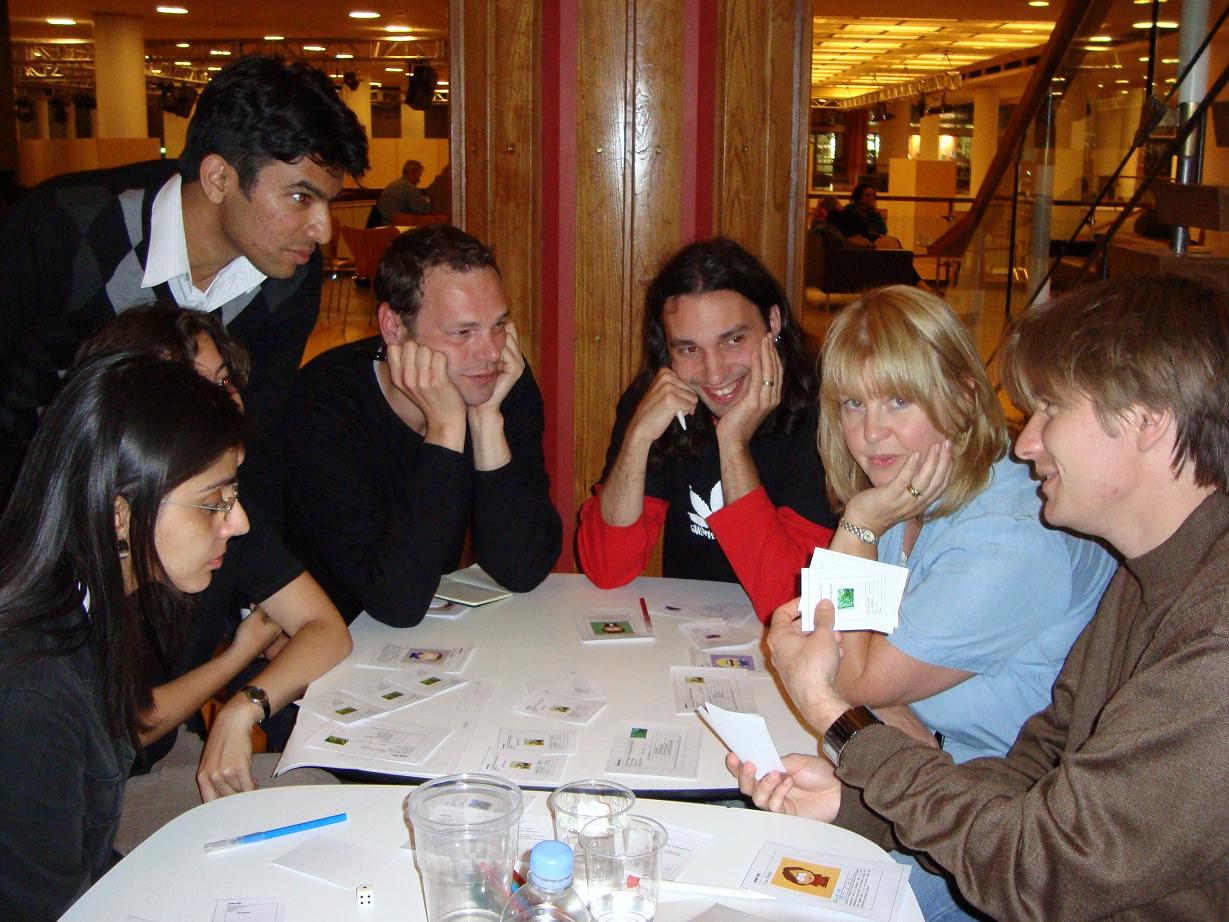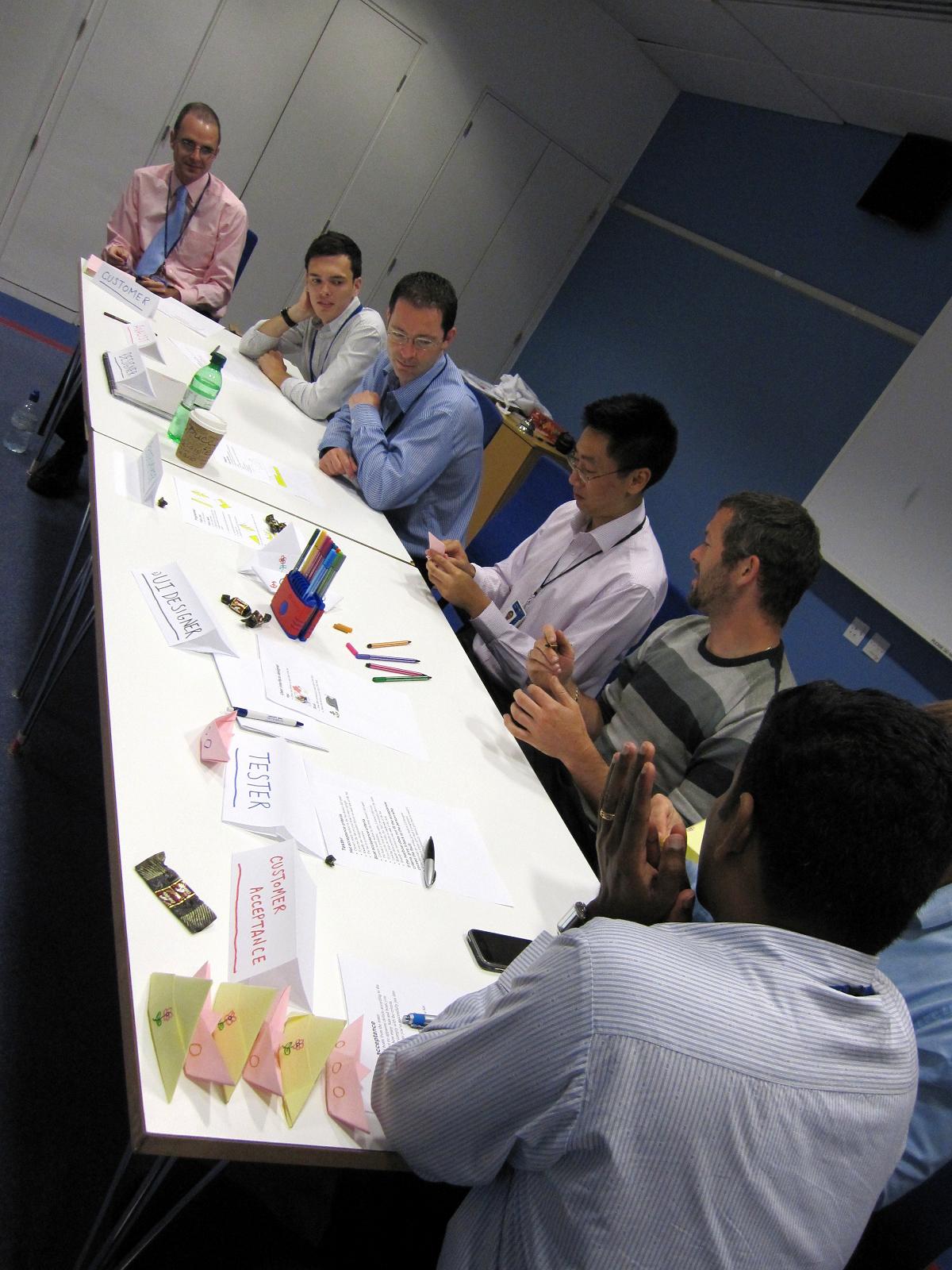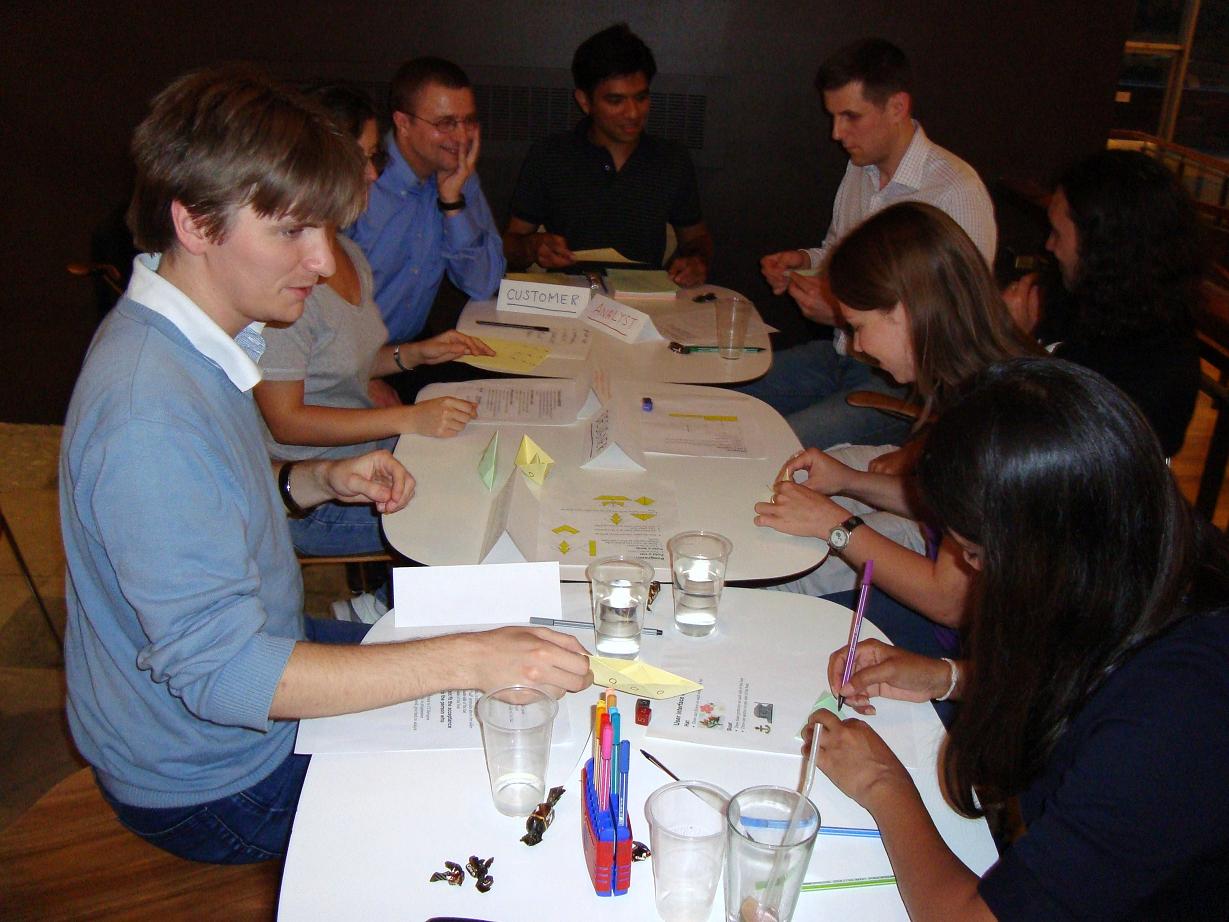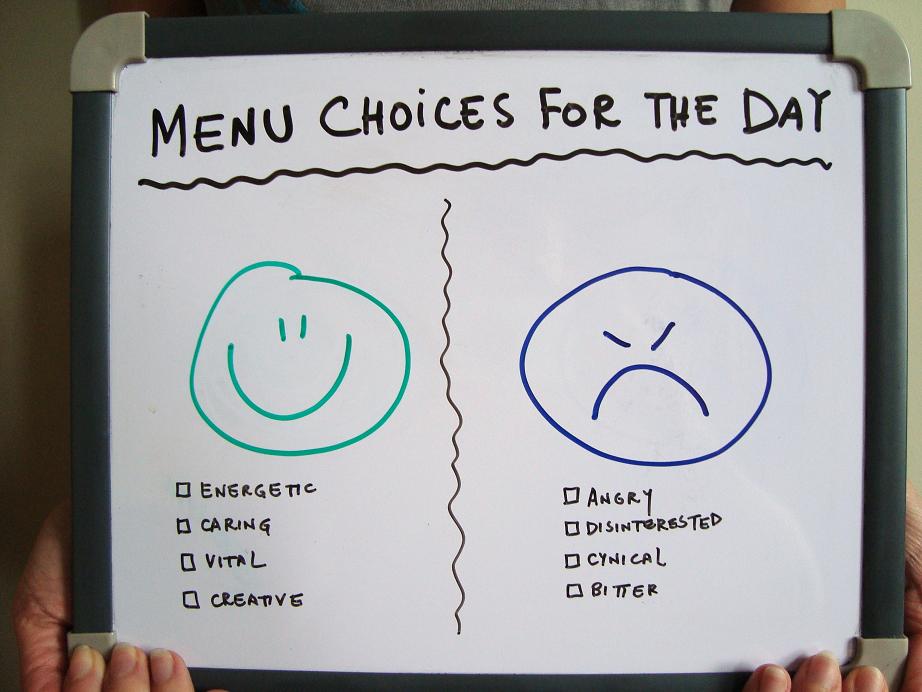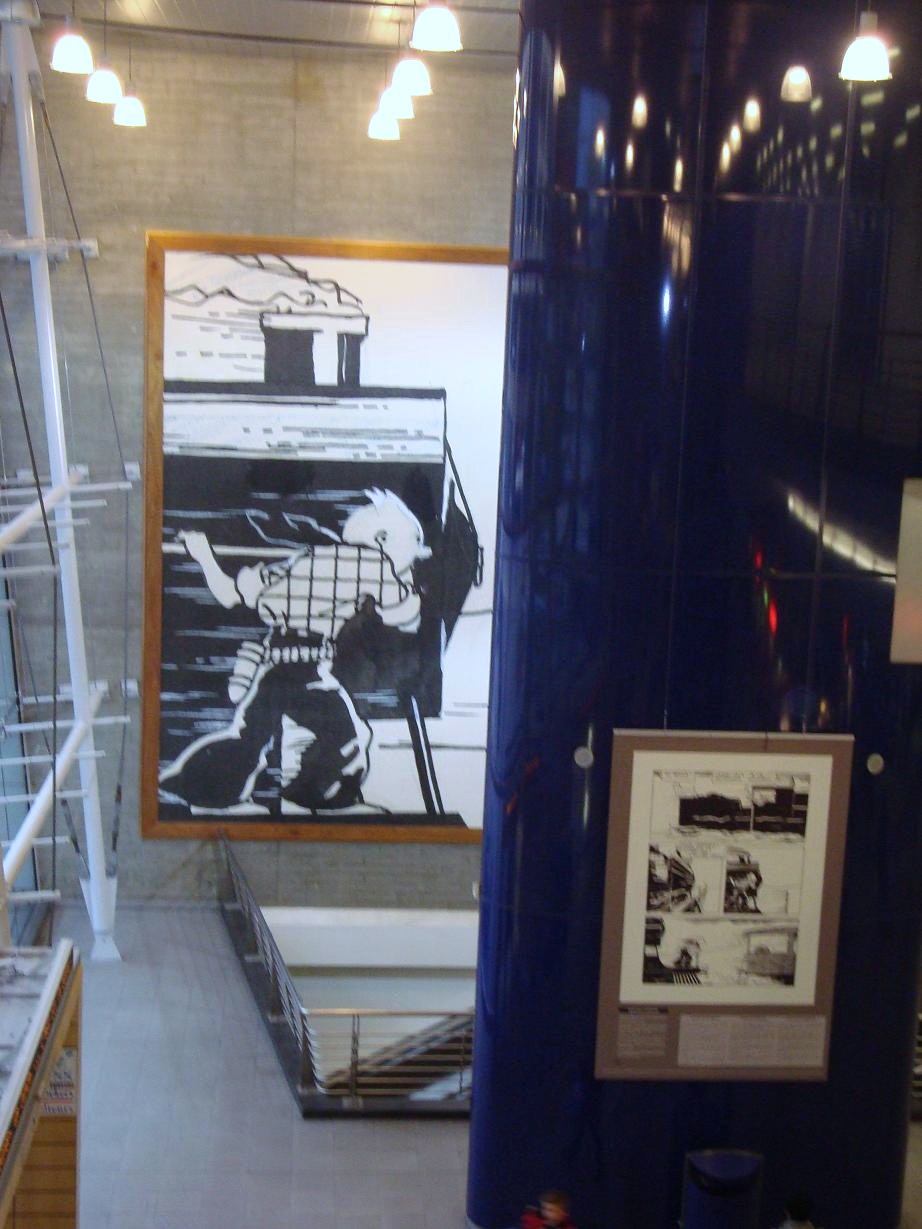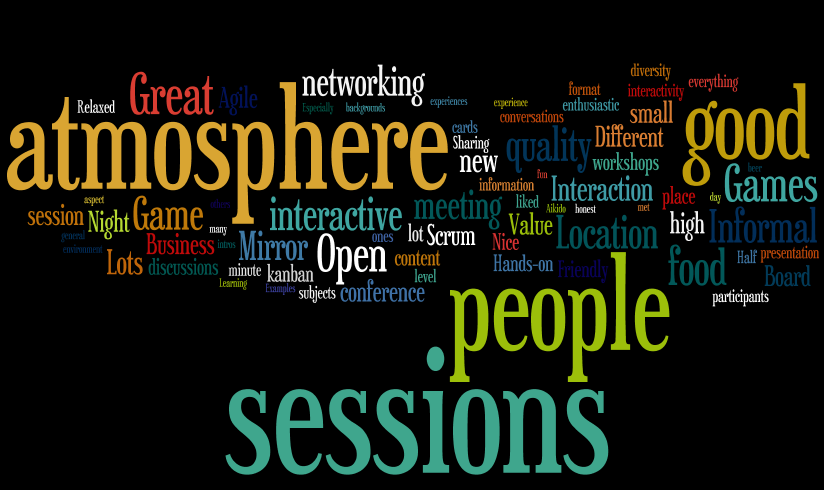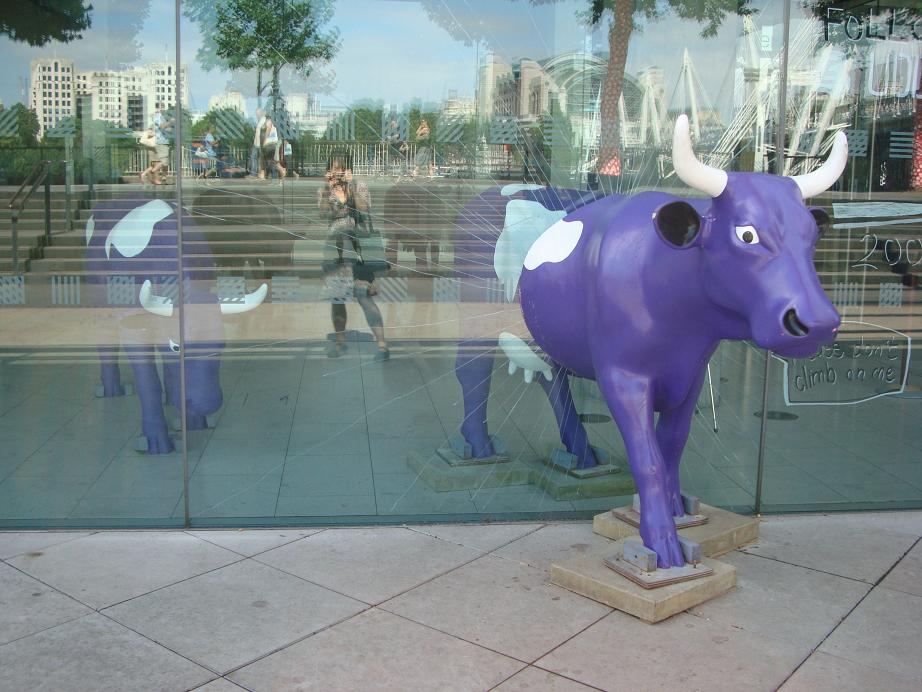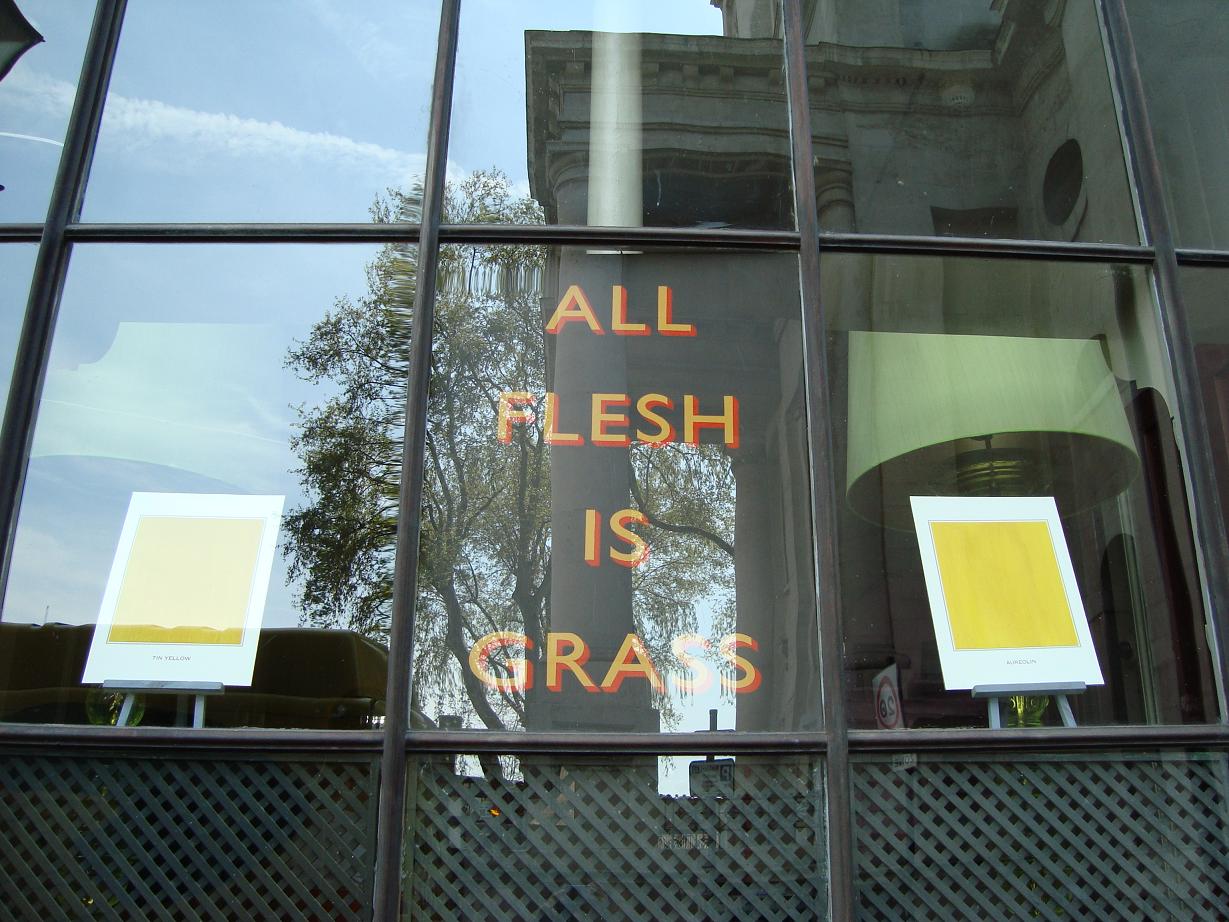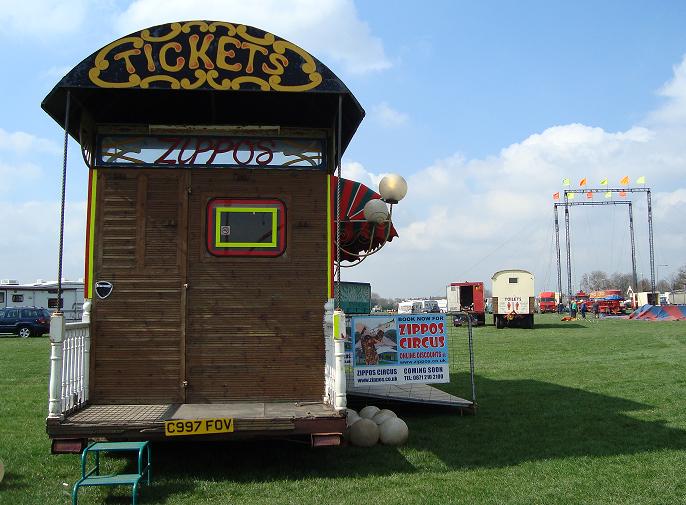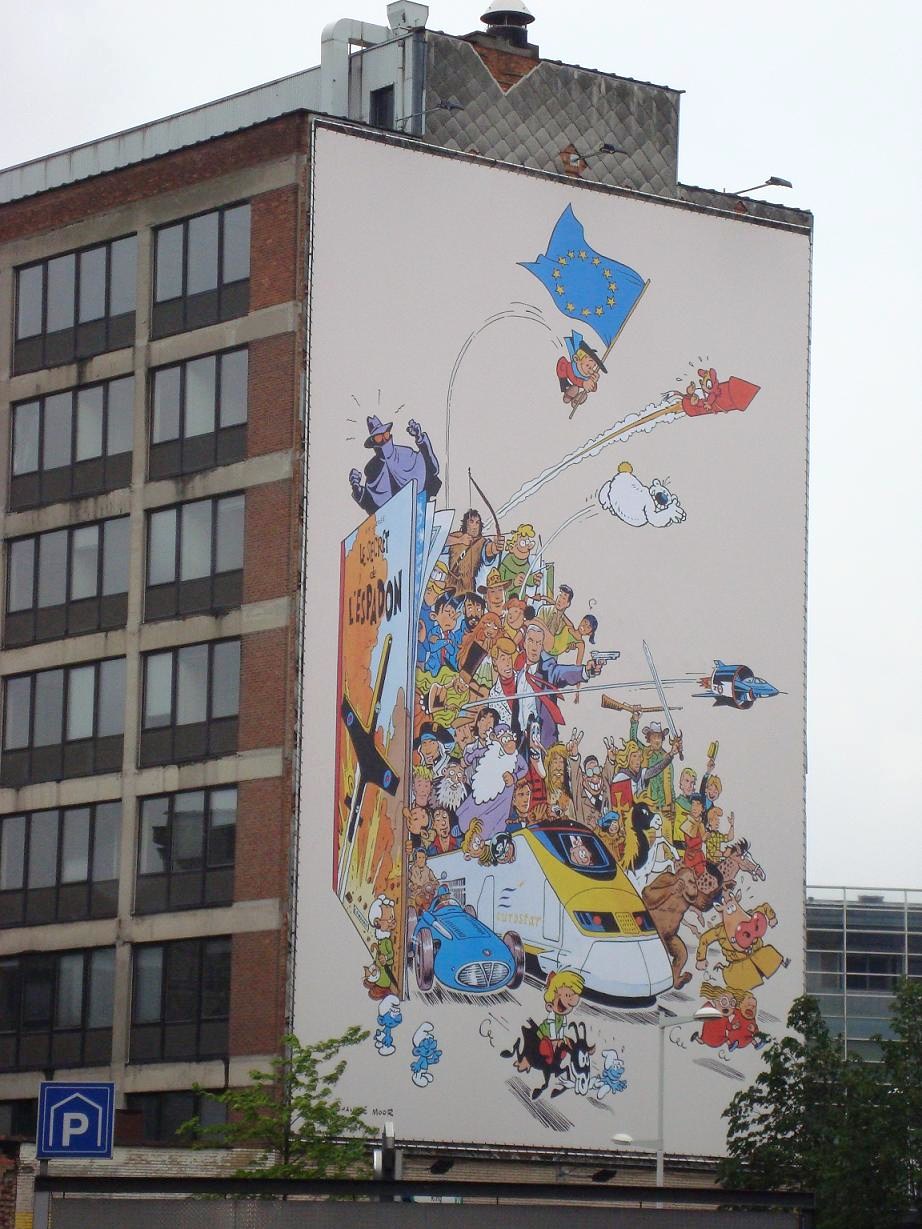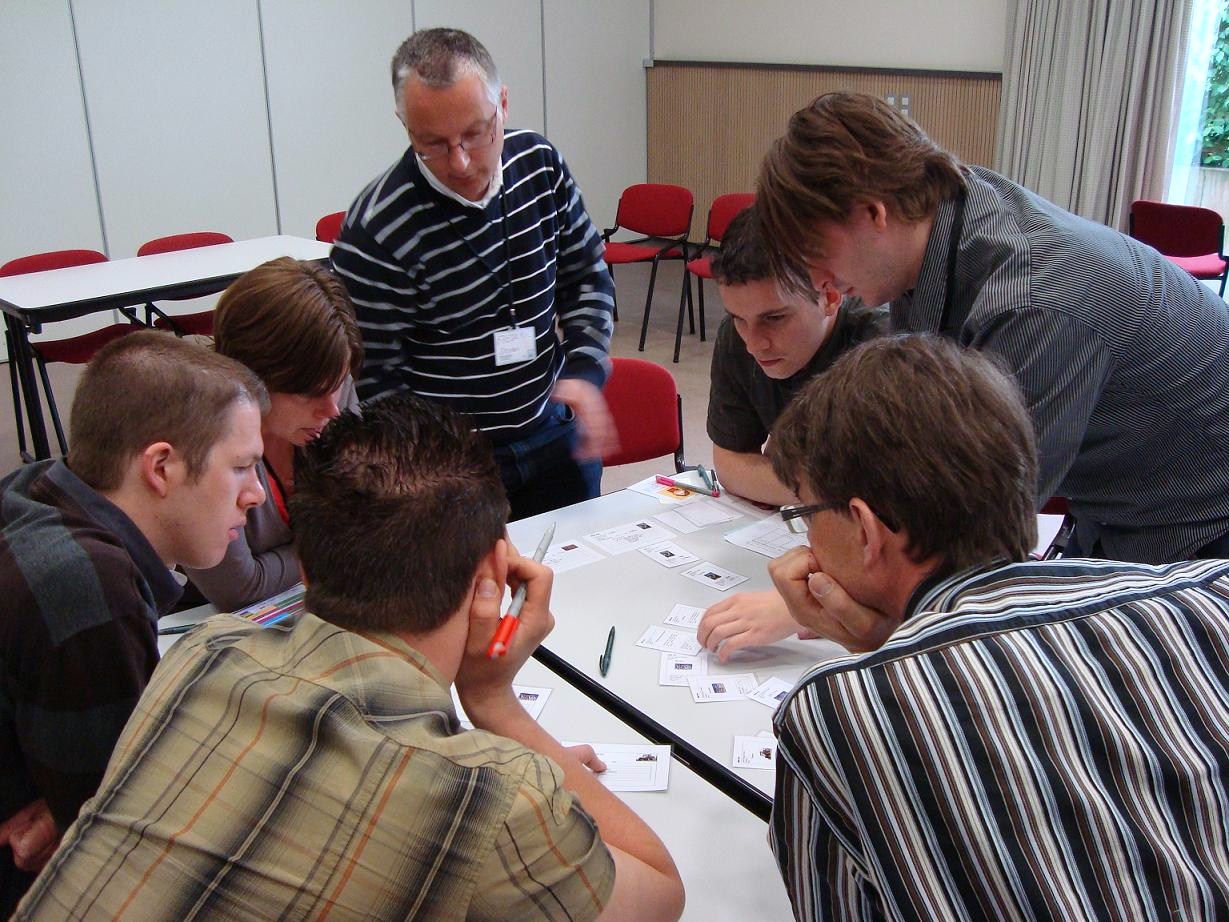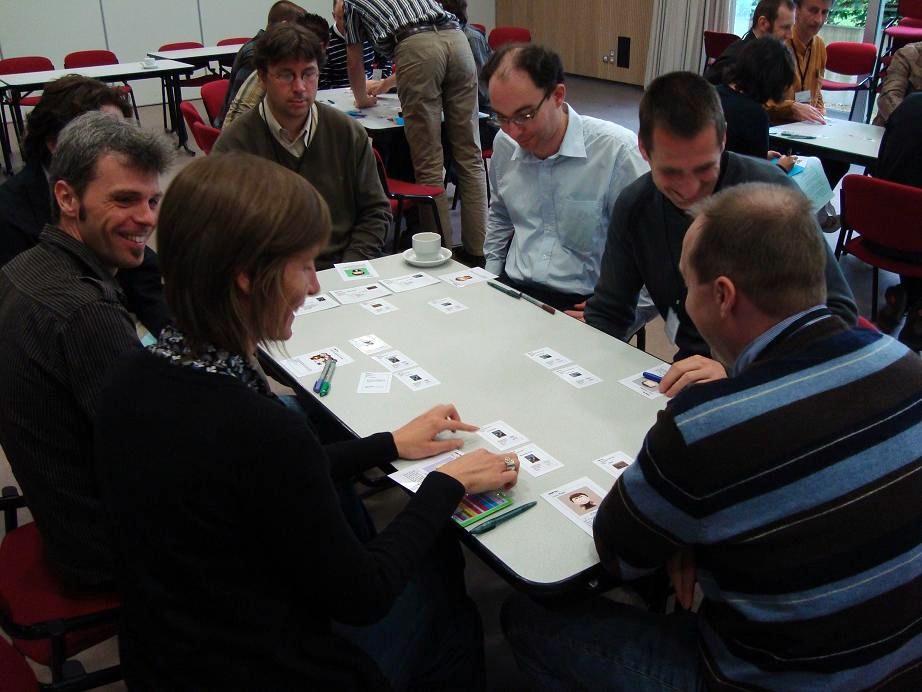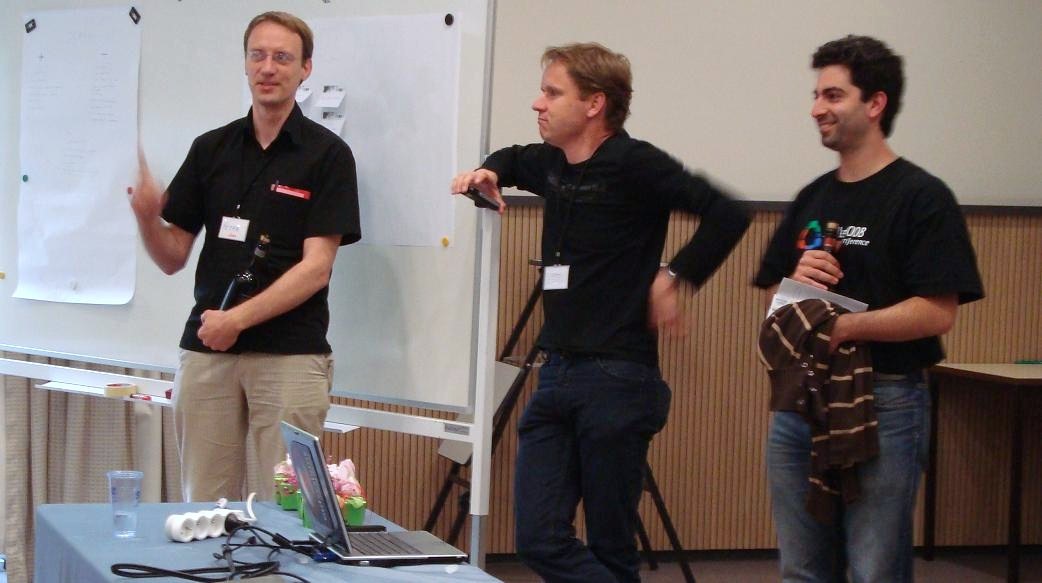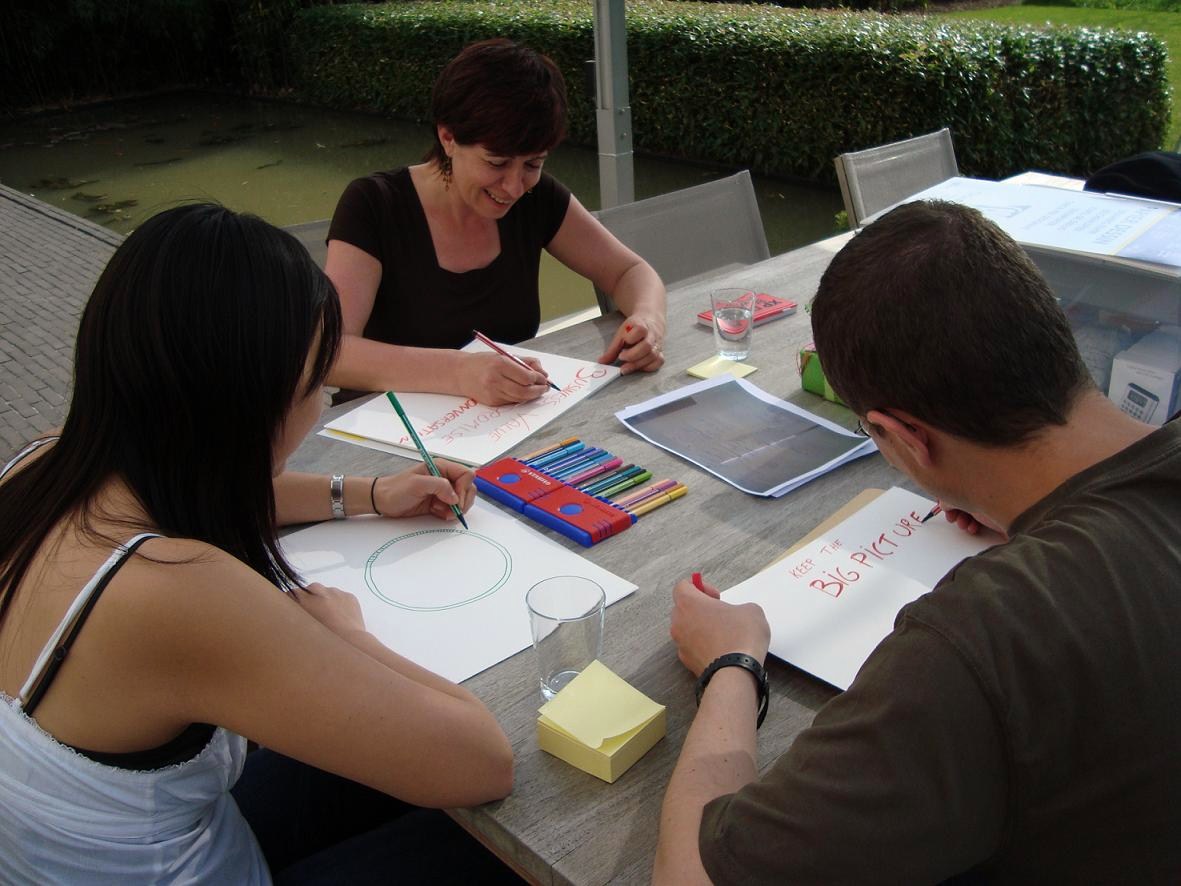‘Change happens. It cannot be controlled. It can only be influenced.’
One of the key criteria for successful Agile Adoption is to make it grow and endure throughout an organisation. To overcome this challenge, George Schlitz and Giora Morein show us how to navigate organisational relationships using an approach called Mapping the Agile Enablement Battlefield presented at Agile 2009.
Storytime: The Story of Jorj the CSM Pig
Once upon a time, there was a friendly and happy pig called Jorj. Jorj the CSM Pig was part of a great team of pigs. Together, they delivered a successful project.
Shortly afterwards, a curious thing happened. Jorj and his team were reduced to bacon.
The moral of the story, according to Giora and George, is that organisational change is difficult. In Jorj’s case, it was very difficult indeed. It’s perfectly possible to be successful at project delivery yet fail in the overall Change effort.
Put your Strategic Thinking Cap on
For Agile to endure in an organisation, it needs to be part of an organisational change programme.
Agile Adoption fails at an organisational level when we:
- Focus on delivering while ignoring the importance of organisational change
- View organisational change as a distraction
- Insulate ourselves from change beyond the team
- Too much practice – not enough principles being applied
According to Giora and George, the key to the kind of Agile that endures is:
- Develop a strategy – Find out where and when to exert influence.
- Understand that Change is War (in that it requires a strategic approach).
The Objective: Agile Team Leads (aka Scrum Masters) need to be Change Agents. As Change Agents, their objective is to identify how to invest some effort and resources on the Change effort.
The Approach: Using a ‘Mapping the Battlefield’ approach, team leads can visually represent a system of influencers by identifying influencer types, such as ‘Ally’, ‘Supporter’, ‘Neutral’, ‘Threat’ and ‘Enemy’.
There are 3 Influence Strengths:
- Undetermined influence
- Strong influence
- Weak influence.
Identifying the System of Influencers
Day 1: Establish the Perimeter – Create an alternative view of the organisational diagram in terms of influencer types.
- Identify known influencers surrounding the team – Start with the closest people to the team
- Identfy positive and negative influencers – Assess based on direct interaction as well as hearsay
- Update your map as new information arrives.
Day 2: Assess the direct influencers
- Focus on direct influencers (those who interact directly with your team)
- Add in more influencers as you identify them.
Day 3: Assess indirect influencers
- Indirect influencers that influence your direct influencers
- Influence your perimeter by influencing others
- Start with second-degree supervisors.
Day 4: Continue information gathering and analysis
- Rinse and repeat.
Putting the Action Plan into Action
The Response Strategy is to focus on the proximity and strength of the influencers.
Priority 1 – Enagage with the strongest direct threats.
Priority 2 – Enagage with the strongest indirect threats.
Priority 3 – Enagage with the weak direct threats.
My Takeaway
The ‘Mapping the Battlefield’ approach is about information gathering and analysis and strategic thinking. It can be used as an effective thinking tool so long as we live the Agile Values and behave responsibly. As always, the most useful thing to do is look within yourself and change for the better first because true leadership is by example.


